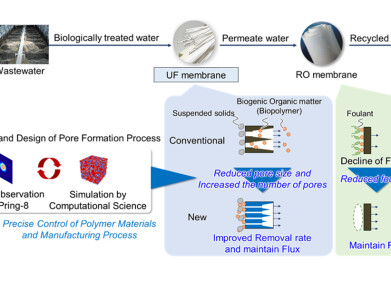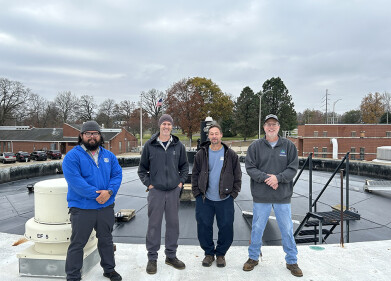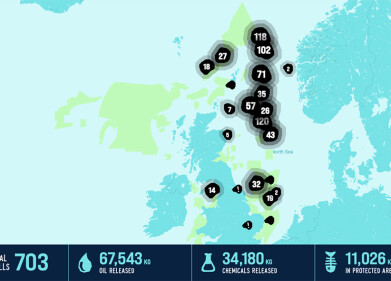Water/Wastewater
Why Is Hong Kong's Shoreline Fluorescent Blue?
Mar 05 2015
When it comes to sea, the rule that bluer is better is usually true. A bright turquoise ocean is something that most people are willing to travel hours to see, but photos taken of the Hong Kong shoreline may just prove that blue isn’t always best.
We’ve seen instances of nuisance algae, such as Lake Erie in Ohio which left Toledo without drinking water, but never like this! An unnatural sapphire hue, shimmering like something straight out of a science fiction movie, has been spotted cloaking the shoreline of Hong Kong’s New Territories. The luminescent blueness is created by Noctiluca scintillans, an algae also known as “Sea Sparkle”, and is triggered when the water is disturbed.
But is “Sea Sparkle” really as romantic as it sounds? Probably not.
Noctiluca scintillans is a single-celled organism that blooms in large concentration in areas rich in the plankton that it feeds on. It is not considered to be toxic to humans and has no effect on the human nervous system, but its beautiful glow hides a much more sinister effect.
Hong Kong’s Eco-education and Resources Centre have blamed the algae blossom on pollution disseminating from Tolo Harbour. Waste resulting from the area’s rich food and farming industry, and the accompanying sewage production, combined with slow currents around the harbor provide rich pickings for the plankton loving algae, causing huge quantities to develop relatively quickly. While the algae is not dangerous for human consumption its oxygen sucking ability and collective size have the potential to make life for fish in the surrounding waters hard at best.
Then there’s the biological effect of changing the local ecosystem. The results of this are not completely known, but scientists don’t have high hopes. As the algae multiply by inhaling plankton and nutrients, the amount of oxygen available to other life forms is depleted. Then, when the algae dies, it falls to the sea floor and begins decomposing, consuming even more oxygen as it does so.
The result is a no man’s land, known as a “dead zone”, in which any fish or shellfish that find themselves stranded face the risk of a quick death among the oxygen-less graves of fallen algae. The news is even worse for local fisheries who could see their stock dwindle dramatically as the algae appears.
The Hong Kong government has begun tracking the phenomenon, which is occurring persistently along Hong Kong’s shoreline, in a bid to monitor the situation. But the only way to permanently curb the spread, and avoid a dangerous ecological imbalance, is to limit the amount of wastewater and pollution entering natural water supplies.
Image Credit: AP
Events
Mar 18 2025 Expo Santa Fe, Mexico
Mar 18 2025 Moscow, Russia
Mar 19 2025 Manila, Philippines
Mar 20 2025 Guangzhou, China
Mar 24 2025 National Harbour, MD, USA














